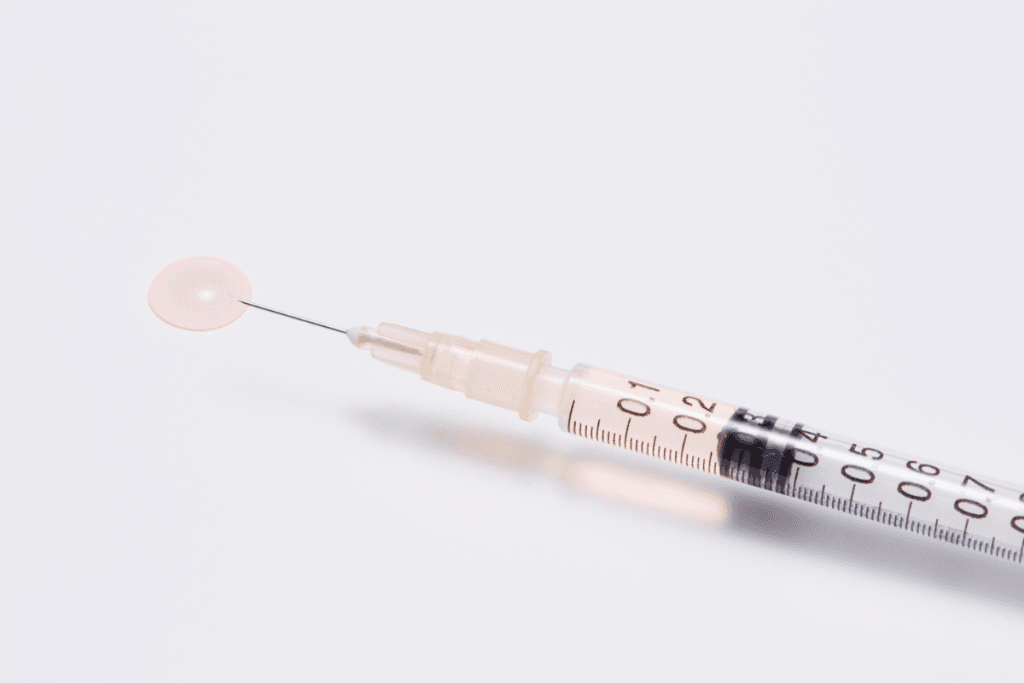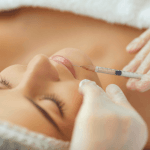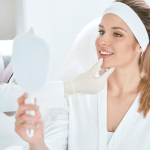Dermatology and aesthetic clinics rely on hyaluronic acid (HA) fillers that deliver a balance of safety, consistency, and patient satisfaction. Developed in France and CE-marked for intradermal use, Fillmed fillers meet these demands through advanced rheology and Tri-Hyalu® cross-linking technology. This article explores the full product line, clinical uses, injection protocols, and purchasing considerations to support medical professionals in confidently incorporating Fillmed into their practice.
Fillmed Product Line and HA Cross-Linking Science
Fillmed’s HA gels combine three types of hyaluronic acid to create a stable, flexible filler that resists breakdown. With an elastic modulus (G′) between 100 and 300 Pa, the fillers offer the right balance of softness and lift. This makes them versatile for use in both shallow and deep injections. Understanding these properties helps professionals choose the best product within Fillmed’s range.
Indications and Patient Selection
Ideal candidates typically have mild to moderate volume loss, fine lines around the mouth, or dull, dehydrated skin. Contraindications are similar to other HA fillers and include autoimmune disease flares, active skin infections, untreated bleeding disorders, and allergies to gram-positive bacterial proteins.
Injection Planes and Needle vs Cannula Choice
For adding volume to the mid-face, using a 25 G, 50 mm cannula in the supraperiosteal plane helps reduce the risk of vascular injury. For nasolabial folds, linear threading with 0.03 mL per pass works well, while around the pyriform aperture, smaller micro-bolus injections of 0.02 mL are better. Blanching with a 30 G needle should be limited to superficial hydration treatments.
Fillmed Art Filler Universal (G′ ≈ 180 Pa) contains lidocaine and has medium cohesivity. It’s great for correcting moderate static folds without creating too much volume. Best injected into the mid-dermis, its effects typically last about nine months before fading.
Fillmed Art Filler Volume (G′ ≈ 230 Pa) is designed for shaping the cheeks and jawline. It has minimal risk of the Tyndall effect, even when placed close to the bone. Its cohesive lift allows for a three-point lift in one session, meaning fewer syringes compared to softer fillers.
Fillmed Art Filler Lips Soft uses small-particle HA and 0.3% lidocaine to help reduce swelling after treatment. A 30 G, half-inch needle is recommended, using vertical retro-tracing for defining the lip border and cross-hatching to add fullness to the central lip area, usually around 0.6 mL per lip.
Adjunct Skin-Quality Protocols
The Fillmed skin perfusion cosmeceutical line includes post-procedure masks, vitamin C serums, and gentle cleansers. These products work alongside HA injections to strengthen the skin’s barrier and reduce temporary redness. It’s best to use them twice daily for two weeks after your filler treatment.
Biorevitalisation with Fillmed NCTF 135
Fillmed NCTF 135 HA provides free hyaluronic acid along with 59 essential micronutrients. It’s injected in small 0.025 mL spots about 1 cm apart, making it ideal for patients with dull skin or signs of photo-aging. For even better results, it can be combined with superficial microneedling to boost fibroblast activity and collagen production.
Storage, Handling, and Shelf Life
Maintain 2–25 °C storage, protected from light. Once the blister is opened, use the prefilled syringe within two hours to minimise microbial risk. Shelf life is 24 months unopened.
Clinic Workflow Integration
Allocate a 45-minute slot per new patient: 10 minutes for consent and photography, 20 minutes for injection, 15 minutes for post-care briefing. Digital chart templates tailored to each syringe lot simplify pharmacovigilance audits.
Authentic Procurement and Cost Considerations
Counterfeit aesthetic injectables remain a serious concern. To ensure authenticity, always purchase from authorized distributors and check the manufacturer’s website for where to buy Fillmed products in your area. Clinics usually pay wholesale prices, with retail markups varying depending on the market.
Conclusion
Using Fillmed fillers gives aesthetic practices a range of hyaluronic acid products with different textures and strengths. This allows them to treat hydration, volume loss, and skin smoothing effectively while keeping safety a priority. Knowing how to choose the right product, inject at the correct depth, and manage aftercare helps achieve consistent results and happy patients.
Frequently Asked Questions (FAQs)
Does pre-dilution affect the performance of Fillmed Filler Universal?
A 1:0.2 dilution with preservative-free saline slightly lowers G′ but improves spread for fine perioral lines; reserve undiluted gel for deeper folds.
What is the typical retreatment interval for Fillmed filler volume?
Clinical persistence averages 12 months in the malar region; schedule evaluation at nine months to plan top-ups before complete resorption.
Can Fillmed skin perfusion products be combined with chemical peels?
Yes. Wait two weeks after peeling to begin the perfusion regime, minimising barrier disruption and potentiating antioxidant delivery.
Is Fillmed NCTF 135 HA suitable for Fitzpatrick IV–VI skin?
Absolutely; no increase in post-inflammatory hyperpigmentation has been reported when injected at recommended depths.
Are cannulas mandatory for mid-face volumization with Fillmed filler?
Not mandatory but advisable; 25 G cannulas reduce bruise incidence and permit broader retrograde fans with fewer entry points, enhancing patient comfort.







